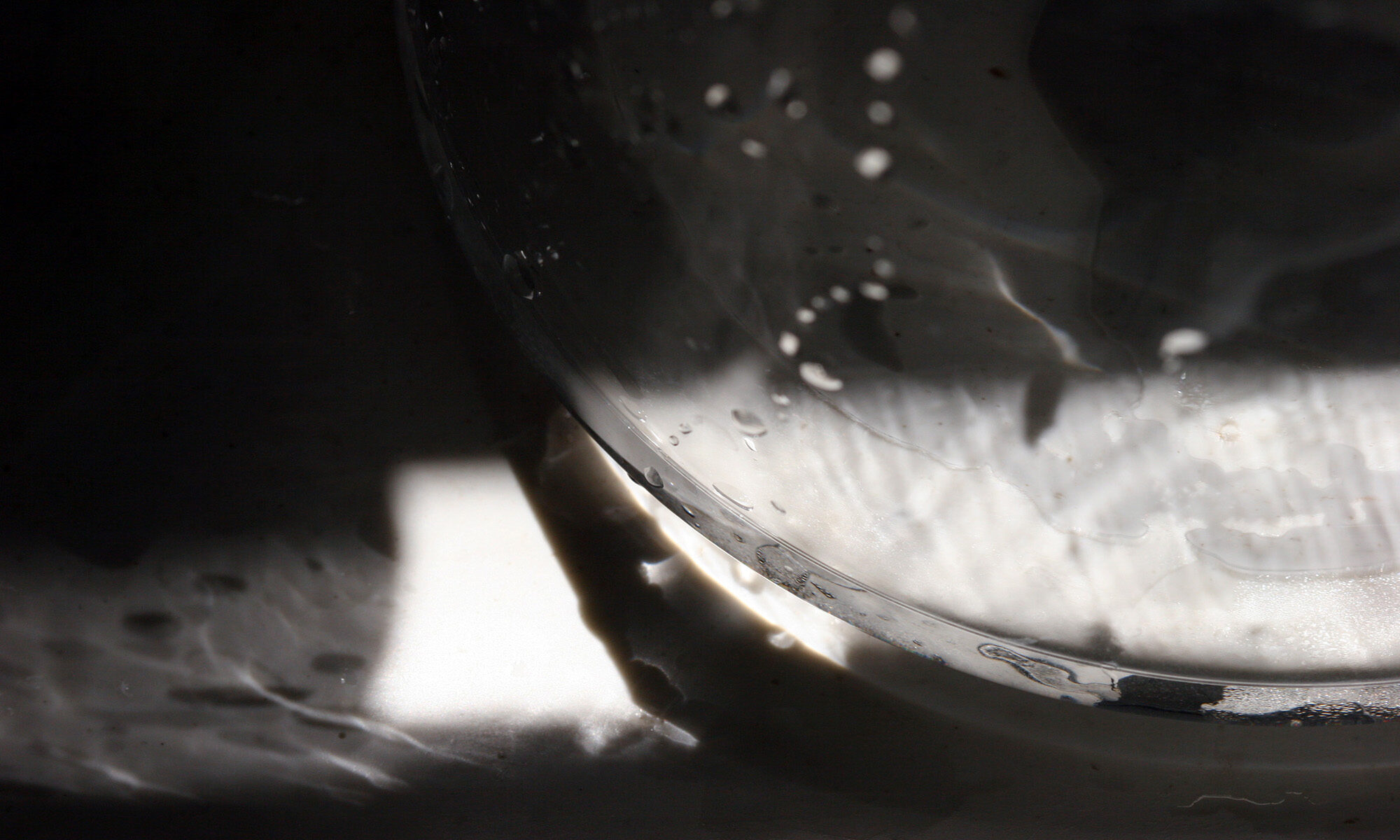Notes de manifeste

Here are the determining facts of the past which tie us together and which, among others, interest us: ‘plastic’ triumphs over anecdote (Manet) – the first geometrization of the exterior world (Cézanne) – the conquest of pure colour (Matisse) – the explosion of representation (Picasso) – exterior vision changes into interior vision (Kandinsky) – a branch of painting dissolves into architecture, becoming polychromatic (Mondrian) – departure from the large plastic synthetics (Le Corbusier) – new plastic alphabets (Arp, Taeuber, Magnelli, Herbin) – abandoning volume for SPACE (Calder) … The desire for a new conception was affirmed in the recent past by the invention of PURE COMPOSITION and by the choice of UNITY, which we will discuss later. Parallel to the decline of painting’s ancestral technique, followed experimentation with new materials (chemical applications) and adoption of new tools (discovery of physics) … Presently we are heading towards the complete abandonment of routine, towards the integration of sculpture and the conquest of the plane’s SUPERIOR DIMENSIONS.
From the beginning, abstraction examined and enlarged its compositional elements. Soon, form-colour invaded the entire two-dimensional surface, this metamorphosis led the painting-object, by way of architecture, to a spatial universe of polychromy. However, an extra-architectural solution was already proposed and we deliberately broke with the neo-plastic law. PURE COMPOSITION is still a plastic plane where rigorous abstract elements, hardly numerous and expressed in few colours (matte or glossy), possess, on the whole surface, the same complete plastic quality: POSITIVE-NEGATIVE. But, by the effect of opposed perspectives, these elements give birth to and make vanish in turn a ‘spatial feeling’ and thus, the illusion of motion and duration. FORM AND COLOUR ARE ONE. Form can only exist when indicated by a coloured quality. Colour is only quality when unlimited in form. The line (drawing, contour) is a fiction which belongs not to one, but to two form-colours at the same time. It does not engender form-colours, it results from their meeting. Two necessarily contrasted form-colours constitute PLASTIC UNITY, thus the UNITY of creation: eternal duality of all things, recognized finally as inseparable. It is the coupling of affirmation and negation. Measurable and immeasurable, unity is both physical and metaphysical. It is the conception of the material, the mathematical structure of the Universe, as its spiritual superstructure. Unity is the absence of BEAUTY, the first form of sensitivity. Conceived with art, it constitutes the work, poetic equivalent of the World that it signifies. The simplest example of plastic unity is the square (or rectangle) with its complement ‘contrast’ or the two-dimensional plane with its complement ‘surrounding space’.
After these succinct explanations, we propose the following definition: upon the straight line – horizontal and vertical – depends all creative speculation. Two parallels forming the frame define the plane, or cut out part of the space. FRAMING IS CREATING FROM NEW AND RECREATING ALL ART FROM THE PAST. In the considerably expanded technique of the plastic artist, the plane remains the place of first conception. The small format in pure composition constitutes the departure from a re-creation of multiple two-dimensional functions (large format, fresco, tapestry, engraving). But we are already discovering a new orientation. The SLIDE will be to painting what the record is to music: manageable, faithful, complex, in other words a document, a work tool, a work. It will constitute a new transitional function between the fixed image and the future moving image. THE SCREEN IS PLANE BUT, ALLOWING MOTION, IT IS ALSO SPACE. It does not have two, but four dimensions. Thanks to unity, the illusive ‘motion-duration’ of pure composition, in the new dimension offered by the screen, becomes real motion. The Lozenge is another expression of ‘square-plane unity’, square + space + motion = duration. Other innumerable multiform and multicoloured unities result in the infinite range of formal expression. ‘Depth’ gives us the relative scale. The ‘distant’ condenses, the ‘near’ dilates, reacting thus on the COLOUR-LIGHT quality. We possess therefore, both the tool and the technique, and finally the science for attempting the plastic-cinétique adventure. Geometry (square, circle, triangle, etc.), chemistry (cadmium, chrome, cobalt, etc.) and physics (coordinates, spectrum, colorimeter, etc.), represent some constants. We consider them as quantities; our measure, our sensitivity, our art, will make qualities from them. (It is not a question here of ‘Euclidian’ or ‘Einsteinium’, but the artist’s own geometry which functions marvellously without precise calculations.) The animation of the plastic develops nowadays in three distinct manners: 1) Motion in an architectural synthesis, where a spatial and monumental plastic work is conceived such that metamorphoses operate there through the displacement of the spectator’s point of view. 2) Automatic plastic objects which – while possessing an intrinsic quality – serve primarily as a means of animation at the moment of filming. Finally, 3) The methodological investment of the CINEMATOGRAPHIC DOMAIN by abstract discipline. We are at the dawn of a great age. THE ERA OF PLASTIC PROJECTS ON FLAT AND DEEP SCREENS IN DAYLIGHT OR IN DARKNESS, BEGINS.

The art product extends from the ‘pleasant, useful object’ to ‘Art for Art’s sake’, from ‘good taste’ to the ‘transcendent’. The entirety of plastic activities is inscribed in a vast perspective in gradations: decorative arts – fashion – advertising and propaganda by the image – decorations from big demonstrations of Industry, Festivals, Sports – sets from shows – polychromatic factory models – road signs and urbanization – documentary art film – recreative museum – art edition – synthesis of plastic Arts – finally, the search for the authentic avant-garde. In these diverse disciplines, the personal accent does not necessarily signify authenticity. And besides, we are not qualified in our time to decide about the major or minor character of these different manifestations of the plastic arts. There are some arrière-garde talents, just as there are insufficiencies in the avant-garde. But neither the valuable work – if it is immutable or retrograde – nor the advanced work – if it is mediocre – counts for posterity. The effect of the art product on us ranges (with some differences of intensity and quality) from small pleasure to the shock of Beauty. These diverse sensations are produced first of all in our emotive being by engendering the feeling of well-being or of tragedy. In this way, the goal of Art is almost attained. Analysis, comprehension of a message depend on our knowledge and our degree of culture. Since only entities of art from the past are intelligible, since not everyone is permitted to study contemporary art in depth, in place of its ‘comprehension’ we advocate its ‘presence’. With sensitivity being a faculty proper to humans, our messages will certainly reach the average person naturally through his/her emotive receptivity. Indeed, we cannot indefinitely leave the work of art’s enjoyment to the elite of connoisseurs. The art of today is heading towards generous forms, hopefully recreatable; the art of tomorrow will be common treasure or it will not be. Traditions degenerate, ordinary forms of painting perish on condemned paths. Time judges and eliminates, renovation proceeds from a rupture and the demonstration of authenticity is discontinuous and unforeseen. It is painful, but mandatory, to abandon old values in order to assure the possession of new ones. Our position changed; our ethics, our aesthetic must in turn change. If the idea of plastic work resided before in an artisanal process and in the myth of the ‘unique piece’, it is rediscovered today in the conception of possible RE-CREATION, MULTIPLICATION and EXPANSION. Is the immense diffusion of literary or musical works carried out to the detriment of their unicity and quality? The majestic chain of fixed images on two dimensions extends from Lascaux to the abstracts … the future holds happiness for us in the new, moving and touching, plastic beauty.
Victor Vasarely

